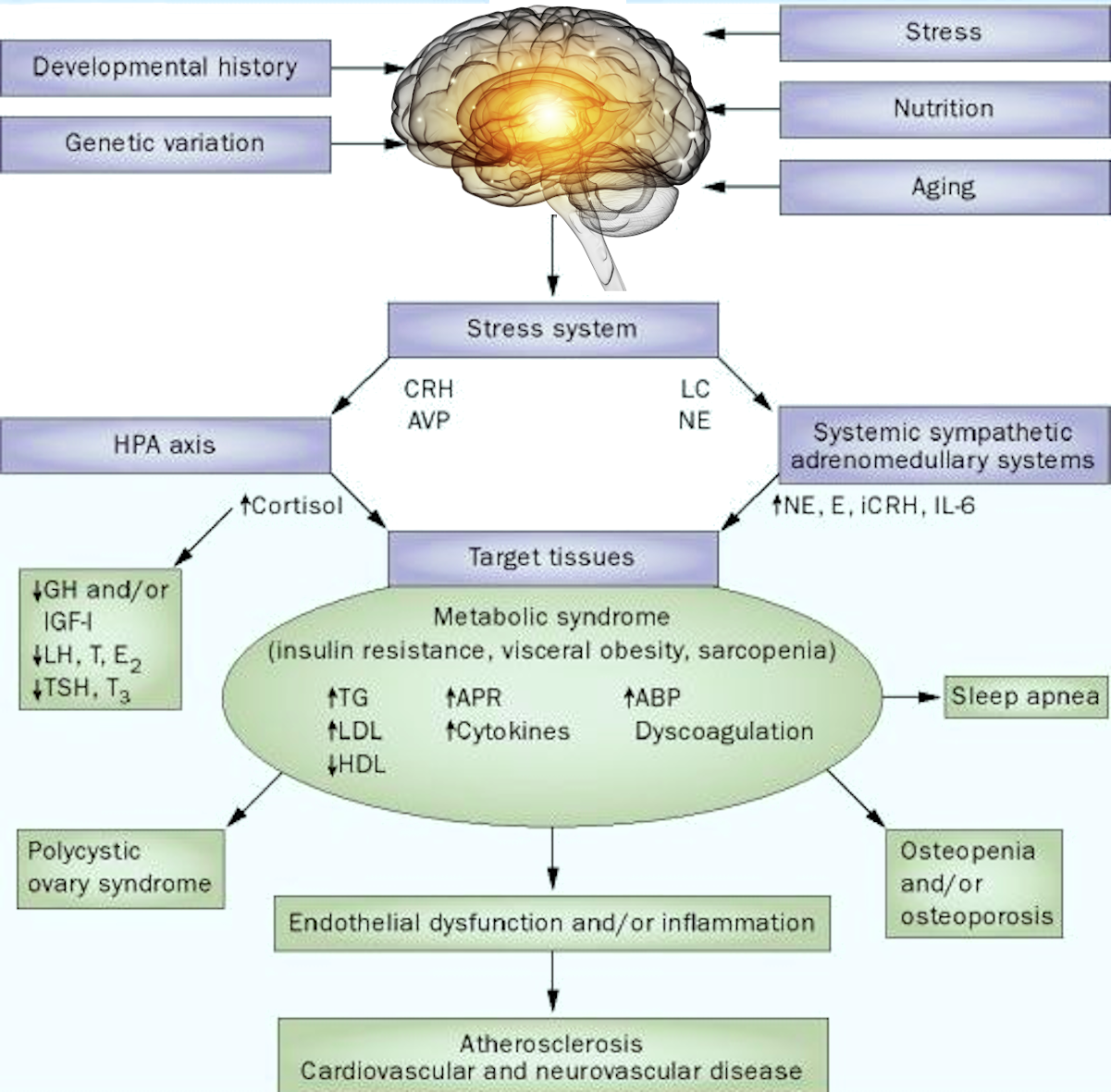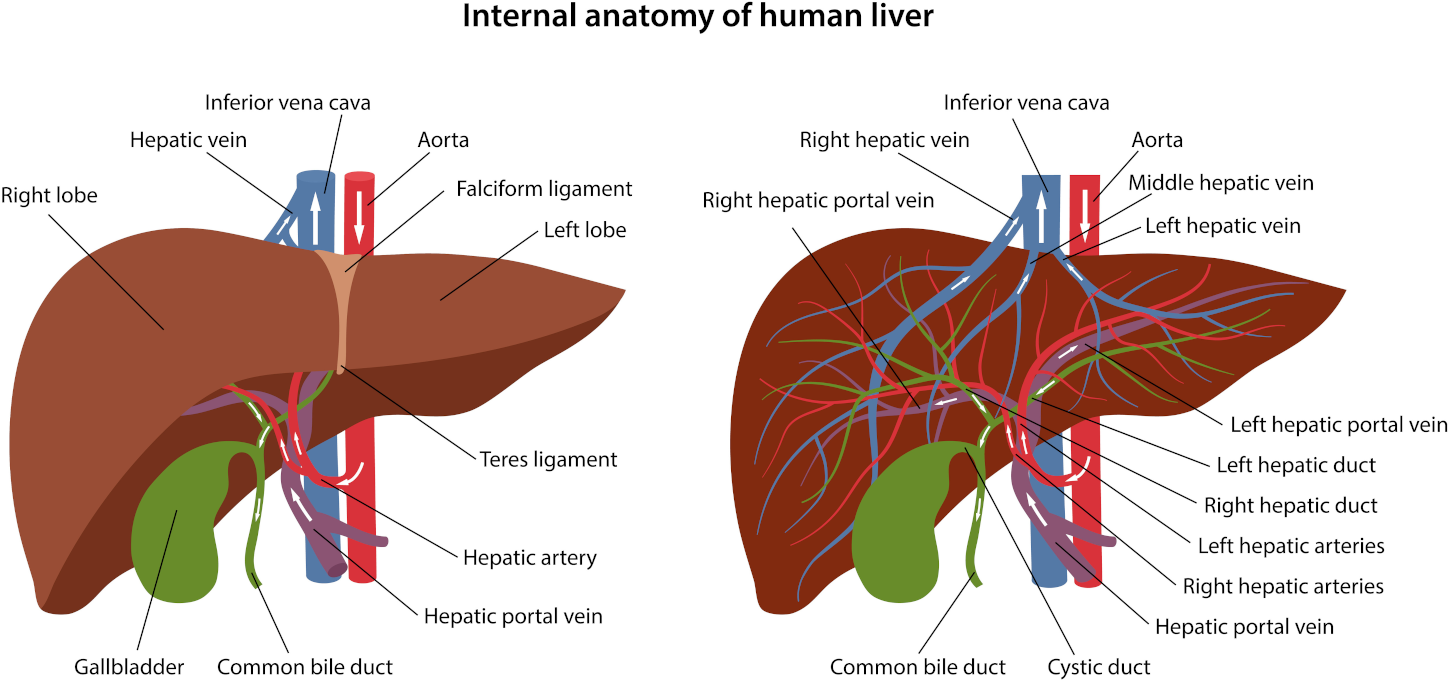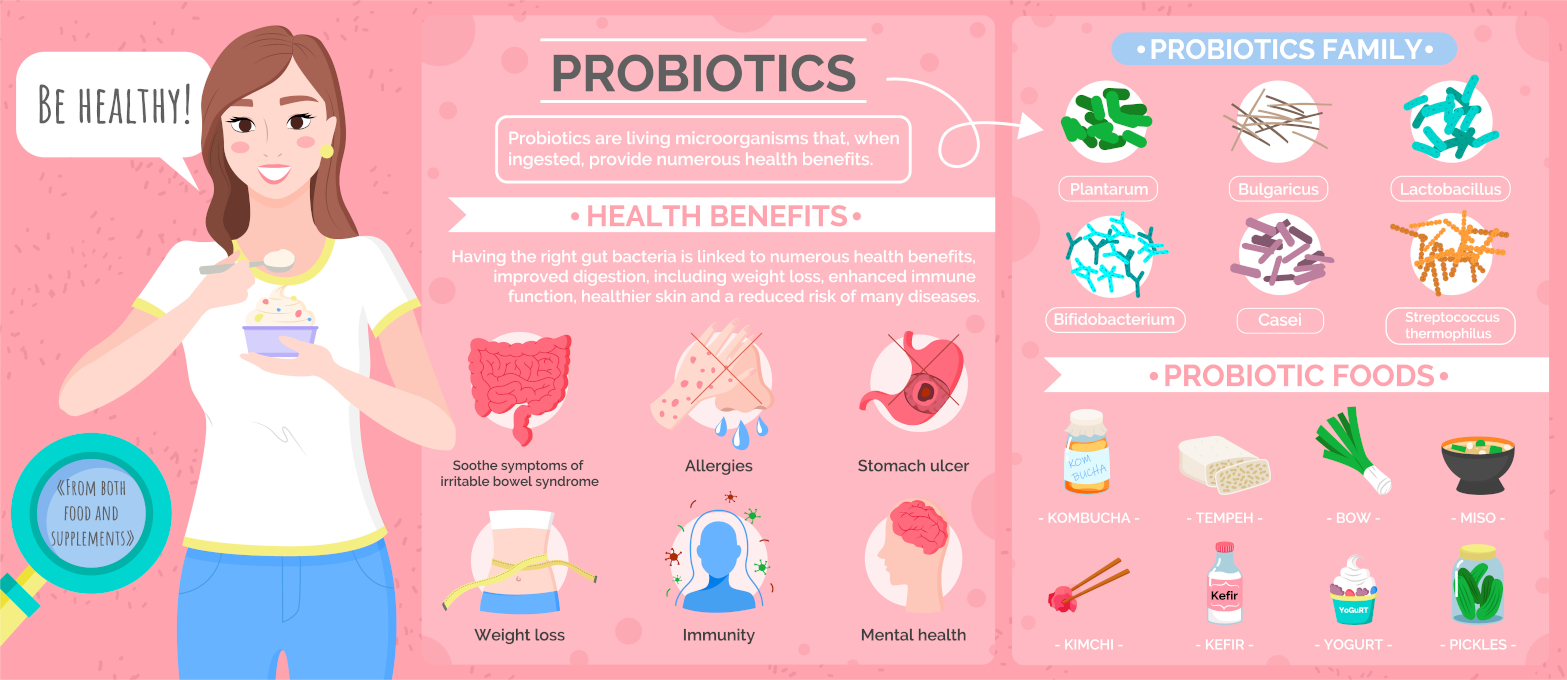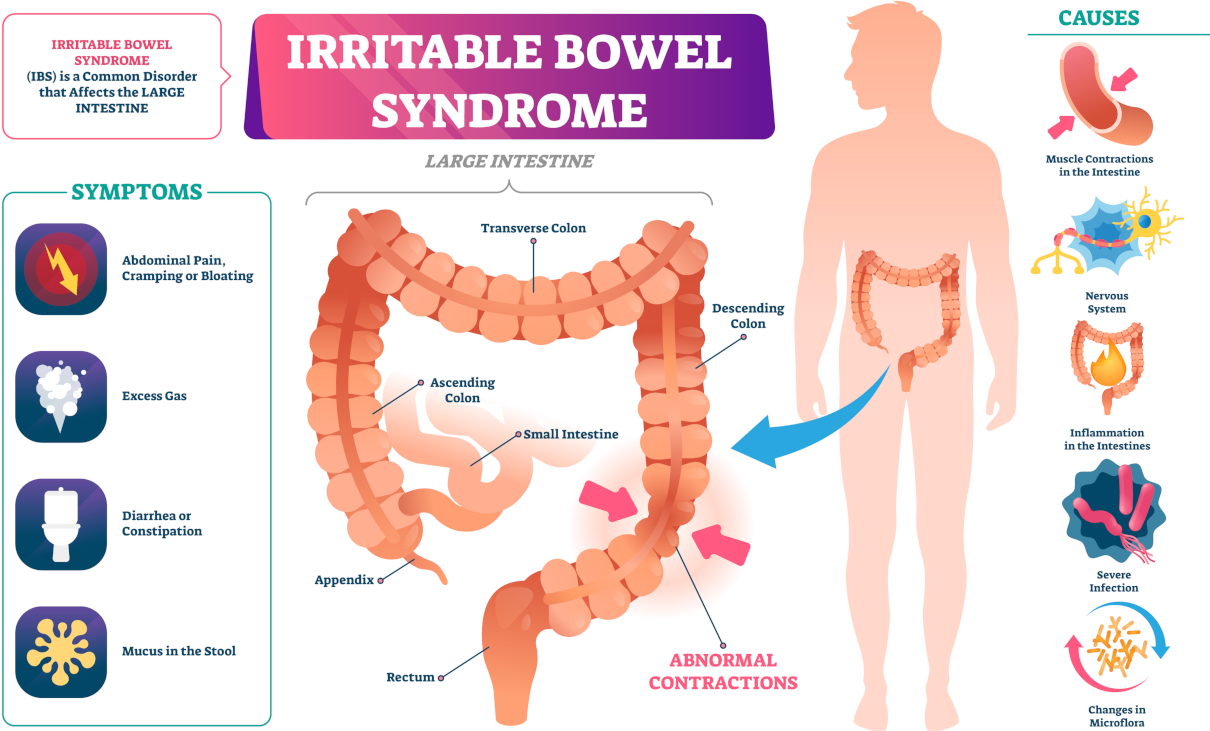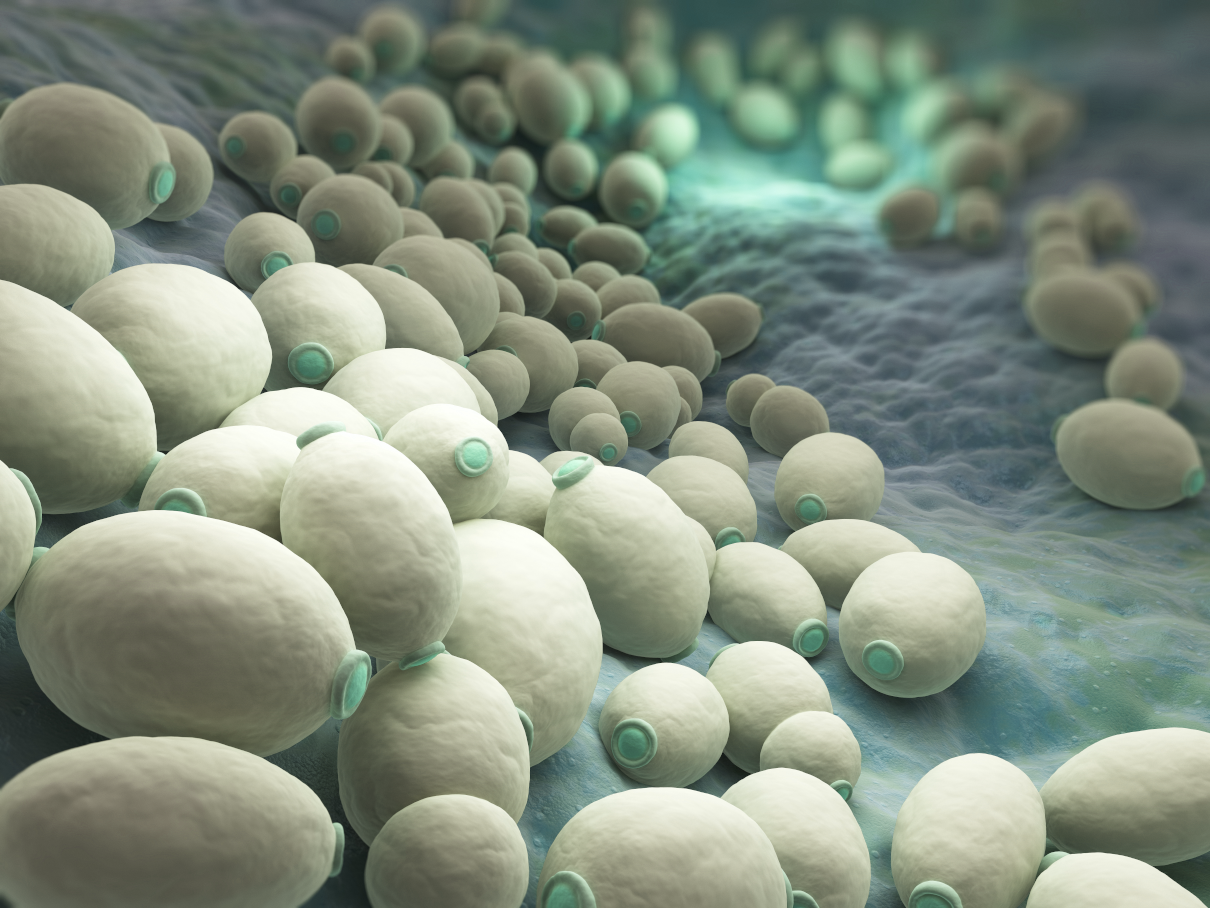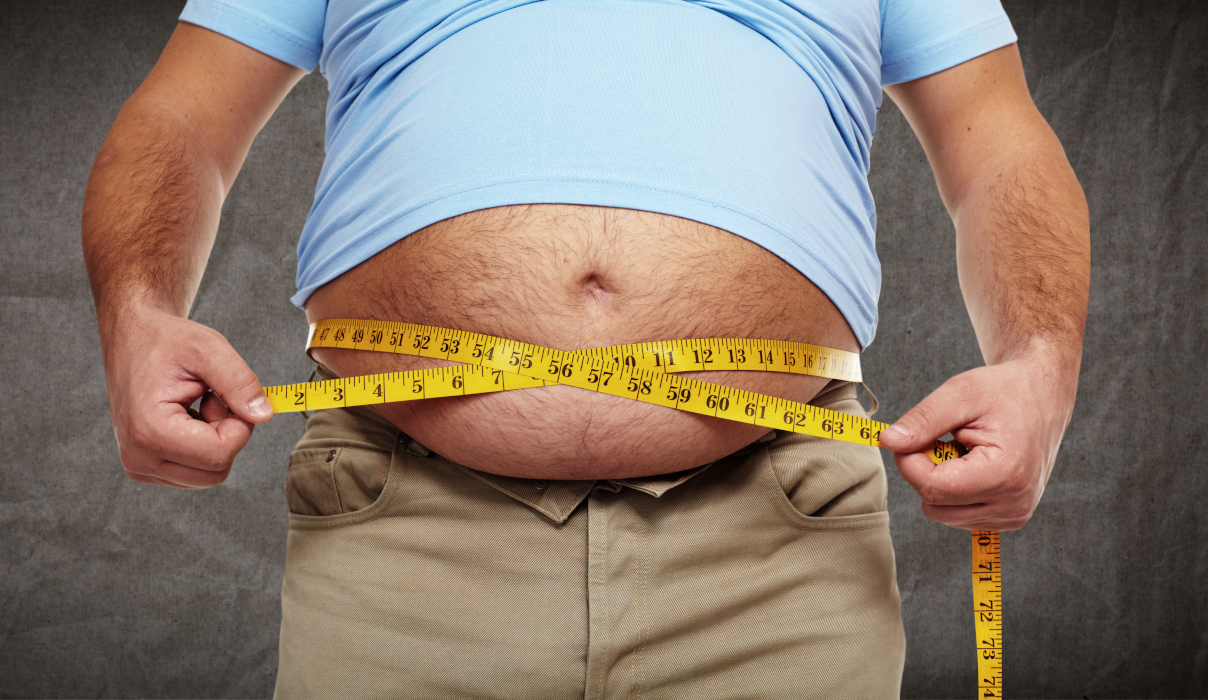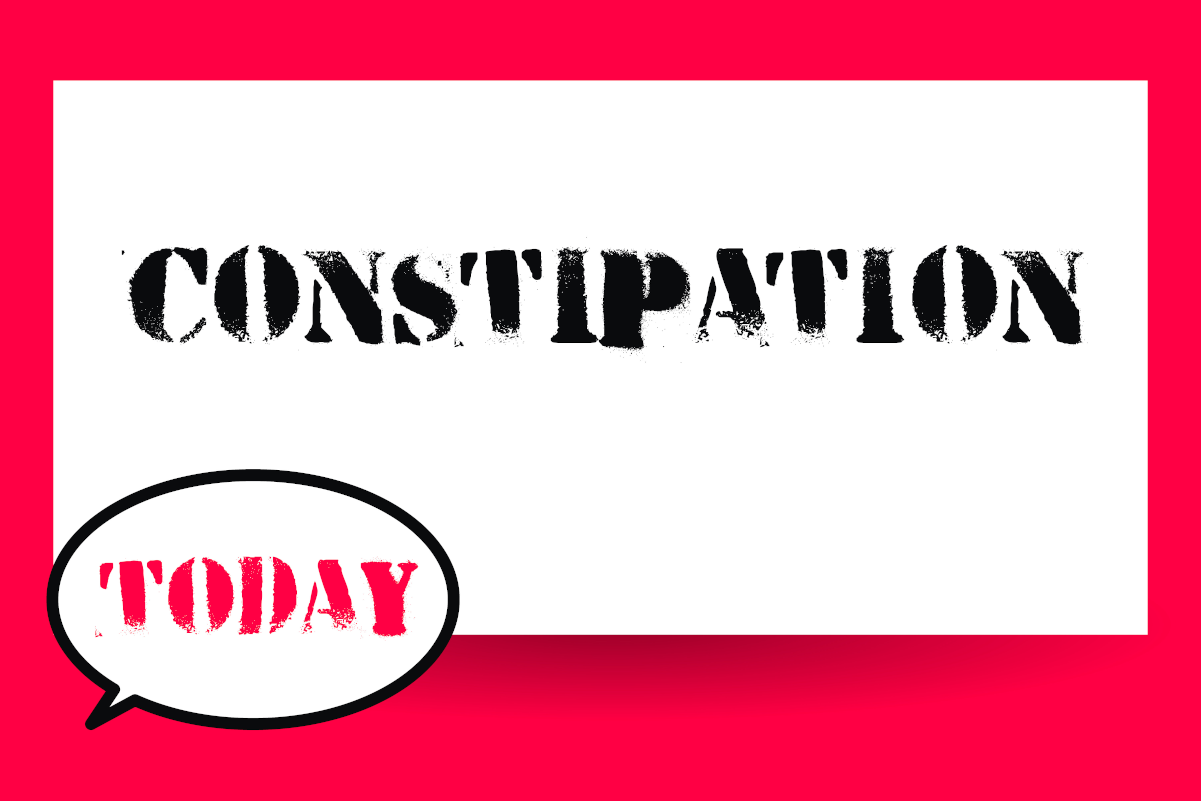What medicines are for the restoration of intestinal microflora in children?
Comments 0 8th September 2018 Blog, General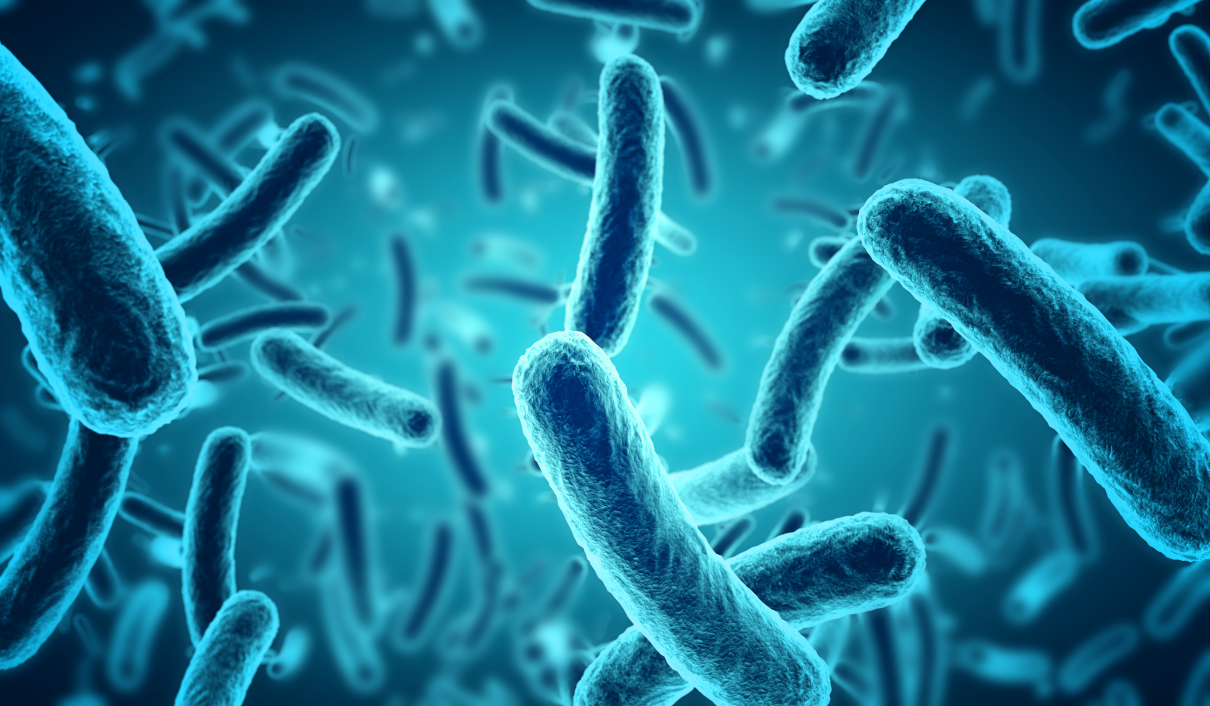
Typically, children’s intestinal microflora is 85-98% composed of bifidobacteria. The exact rate depends on age. Lactobacilli, streptococci, beneficial microbes, and some pathogenic microorganisms live in the intestine. Dysbiosis starts developing when microflora gets out of balance because harmful bacteria outnumber the good ones.
There are three main reasons for the development of dysbiosis in the children’s gastrointestinal tract:
- Errors in nutrition, mistakes in introducing complementary foods;
- Infections;
- Antibacterial therapy in mom or baby.
Dysbacteriosis
Dysbacteriosis usually occurs in older children against the background of a change in diet or taking antibiotics. Then, the state that the microflora of infants’ intestines is directly related to the mother’s health. Medicines for children’s intestinal microflora can restore the state of the gut after various violations in the balance of probiotics.

Probiotic implant and colonic irrigation
Colon hydrotherapy with high-strength probiotic implant and comprehensive consultation is available at Parkland Natural Health Clinic.
Breast milk contains prebiotics, substances that are a nutrient medium for beneficial bacteria. Besides, mom’s milk contains a lot of immunoglobulin A, supporting the immune system. It also has lysozyme, an enzyme that fights harmful microorganisms, destroying their cells. Thus, nature initially provided for the baby’s protection from harmful bacteria. However, if a mother develops mastitis or an ENT disease, then the shield collapses, and the baby can build dysbacteriosis or so-called dysbiosis.
Effective medicines for the restoration of intestinal microflora in children
If the bacterial balance in the body is unstable, the paediatrician can recommend special supplements: probiotics and prebiotics. People confuse these two concepts quite often. And the difference between those is in the composition and the mechanism of action.
Probiotics already contain beneficial microorganisms that normalise intestinal microflora, i.e., the victory of “good” bacteria over aggressive microbes.
Prebiotics contain only substances for feeding and active reproduction of microorganisms already in the intestine. There are no bacteria in the prebiotics, just a so-called nutrient medium.

One colonic irrigation session including consultation
Colon irrigation and comprehensive consultation with a professional colon hydrotherapist registered with RICTAT and ARCH at the Parkland Clinic in Holborn. We use a closed system only—London’s best colonic hydrotherapy deal.
Probiotic
It would seem that it can be more straightforward: drink a probiotic, and the microflora should improve. However, this is not entirely true. Beneficial bacteria have to overcome many dangers on the way to the intestines. For instance, they must “swim” through the stomach’s acidic environment. They also have to survive the aggressive action of salts of bile acids and digestive enzymes. Only a few survive in the end.
Today, there is another group of drugs that help in the recovery of microflora: these are synbiotics. They combine the benefits of probiotics and prebiotics, and they contain both beneficial bacteria in their composition and nutrients for their reproduction. Thus, synbiotics allow more effective control over manifestations of dysbiosis.
Supplements to restore the intestinal microflora of the children help regain health. And colonic irrigation in our London clinic support adults in improving their microflora balance.

Bum waxing(outside only or inside only) using hot beeswax
Skilled practitioners and high-quality materials allow you to achieve a high-quality effect without irritation and allergic reactions. Buttock epilation is an aesthetic method of removing unwanted hairs in the delicate area of the female body. This treatment lasts fifteen minutes.



